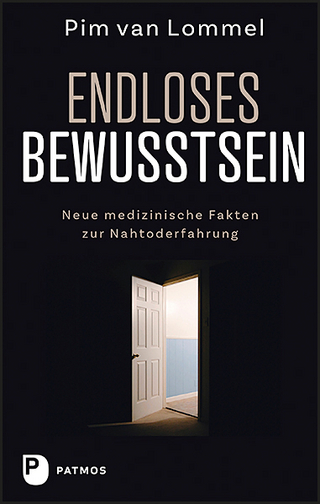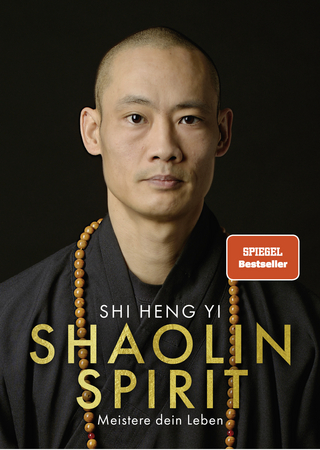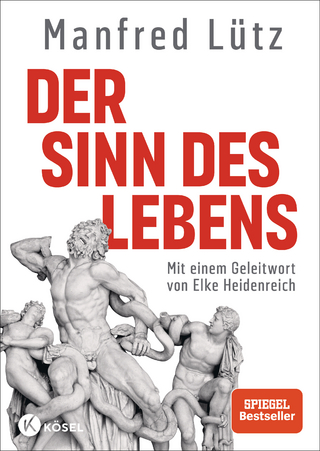
ARTISTIC SENSITIVITY AS A SPIRITUAL APPROACH TO KNOWING LIFE AND THE WORLD
SteinerBooks, Inc (Verlag)
978-1-62148-177-5 (ISBN)
Today's orthodox notions of science--which is to say, of knowing--are exceedingly narrow; they posit, implicitly or otherwise, that the only knowledge possible, if any, is that of the physical world. But the skeleton key to unlocking the door, behind which lies the root of the problems and difficulties of our age, and thus their solution, is to be able to fully answer this question: What is it to know something? This question lies at the foundation of spiritual science. Rudolf Steiner had first to solve it for himself, pointing the way for others to do the same (in, for example, his Philosophy of Freedom), long before he could give such lectures as these.
Rudolf Steiner's work and words, still largely undiscovered as compared to their value for humanity, continue to point the way toward a different path--a way of knowing that encompasses the fullness, the breadth and depth of life and the worlds we inhabit. This knowing--which is to say, science--does not ignore or even contradict the narrower physical sciences of technologists and other specialists, but offers an expansive understanding of reality that also includes a deeper engagement with those aspects of our experience that we are told are beyond the ken of science. But is truth not accessible through art? Are poetry and literature, indeed the beauty and wisdom of each human language, not portals through which we can glimpse truths, every bit as real (though of a different order) than those we might grasp through a microscope?
These thirteen lectures were given in Dornach, Switzerland, from January to May 1915, between the fifth and ninth month of World War I. Given the interrupted, fragmented nature of this sequence, one might assume that the lectures could not possibly present a tight, coherent whole. This is not the case. Rudolf Steiner lays down the framework for the series in a concise but detailed manner in the first two lectures, and then goes on to demonstrate in lecture after lecture how, on this basis, many aspects of life reveal the hidden presence and activities of the realities--and the approach--he has established in the framework. In fact, it is humbling to witness Rudolf Steiner's powers of attention and presence of mind: to see how, after a significant interval, in the same tone of voice and with seamless continuity, he can pick up and further develop and interweave his announced intention: namely, to provide "a detailed look at things we have been considering for years."
Rudolf Steiner (1861-1925) was born in the small village of Kraljevec, Austro-Hungarian Empire (now in Croatia), where he grew up (see right). As a young man, he lived in Weimar and Berlin, where he became a well-published scientific, literary, and philosophical scholar, known especially for his work with Goethe's scientific writings. At the beginning of the twentieth century, he began to develop his early philosophical principles into an approach to systematic research into psychological and spiritual phenomena. Formally beginning his spiritual teaching career under the auspices of the Theosophical Society, Steiner came to use the term Anthroposophy (and spiritual science) for his philosophy, spiritual research, and findings. The influence of Steiner's multifaceted genius has led to innovative and holistic approaches in medicine, various therapies, philosophy, religious renewal, Waldorf education, education for special needs, threefold economics, biodynamic agriculture, Goethean science, architecture, and the arts of drama, speech, and eurythmy. In 1924, Rudolf Steiner founded the General Anthroposophical Society, which today has branches throughout the world. He died in Dornach, Switzerland. Christopher Bamford is Editor in Chief for SteinerBooks and its imprints. A Fellow of the Lindisfarne Association, he has lectured, taught, and written widely on Western spiritual and esoteric traditions. He is the author of The Voice of the Eagle: The Heart of Celtic Christianity (1990) and An Endless Trace: The Passionate Pursuit of Wisdom in the West(2003). He has also translated and edited numerous books, including Celtic Christianity: Ecology and Holiness (1982);Homage to Pythagoras: Rediscovering Sacred Science; and The Noble Traveller: The Life and Writings of O. V. de L. Milosz (all published by Lindisfarne Books).
| Erscheinungsdatum | 15.05.2018 |
|---|---|
| Einführung | Christopher Bamford |
| Übersetzer | Rory Bradley |
| Verlagsort | Great Barrington, MA |
| Sprache | englisch |
| Maße | 150 x 230 mm |
| Themenwelt | Sachbuch/Ratgeber ► Gesundheit / Leben / Psychologie ► Esoterik / Spiritualität |
| Geisteswissenschaften ► Religion / Theologie | |
| Weitere Fachgebiete ► Anthroposophie | |
| ISBN-10 | 1-62148-177-8 / 1621481778 |
| ISBN-13 | 978-1-62148-177-5 / 9781621481775 |
| Zustand | Neuware |
| Haben Sie eine Frage zum Produkt? |
aus dem Bereich


